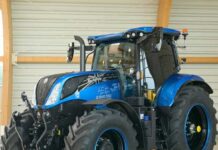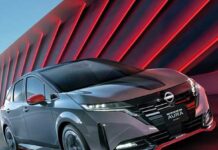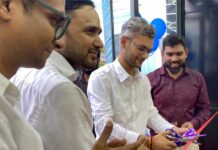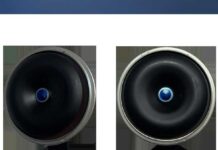
Daimler Truck has unveiled battery electric drive and integrated autonomous driving technology in one semi-truck for the first time in its history. The autonomous Freightliner eCascadia technology demonstrator is equipped with Torc’s autonomous driving software and the latest Level 4 sensor and compute technology.
This will eventually enable Level 4 autonomous driving. Torc Robotics is Daimler Truck’s independent subsidiary for autonomous virtual driver technology. While still a research and advanced engineering project, the autonomous vehicle has the potential to evolve into a modular, scalable platform that is propulsion agnostic for flexible use in different trucking applications. The goal is to offer customers a choice of the right vehicles for their specific business and transportation needs.
“By combining zero-emission and autonomous technologies in one product, we are testing solutions for challenges our customers are likely to face in the future,” said John O’Leary, President and CEO of Daimler Truck North America. “We want to give them choices that allow them to do what they do best: keep the world moving today and well into the future. That takes a lot of foresight, questioning, testing, learning, improving and co-creating with our customers years in advance to ultimately find the right solution. This truck is a great example of the beginning of that development process.”
Joanna Buttler, Head of Global Autonomous Technology Group at Daimler Truck, added: “Together with Torc, we are making significant progress towards introducing autonomous trucks in the U.S. by 2027. While we target autonomous trucks with conventional propulsion technology for this first market launch, we always look further into the future. We will employ an iterative approach to the development, testing and optimization of autonomous-electric technology, while exploring the most promising use cases in collaboration with our fleet customers.”









